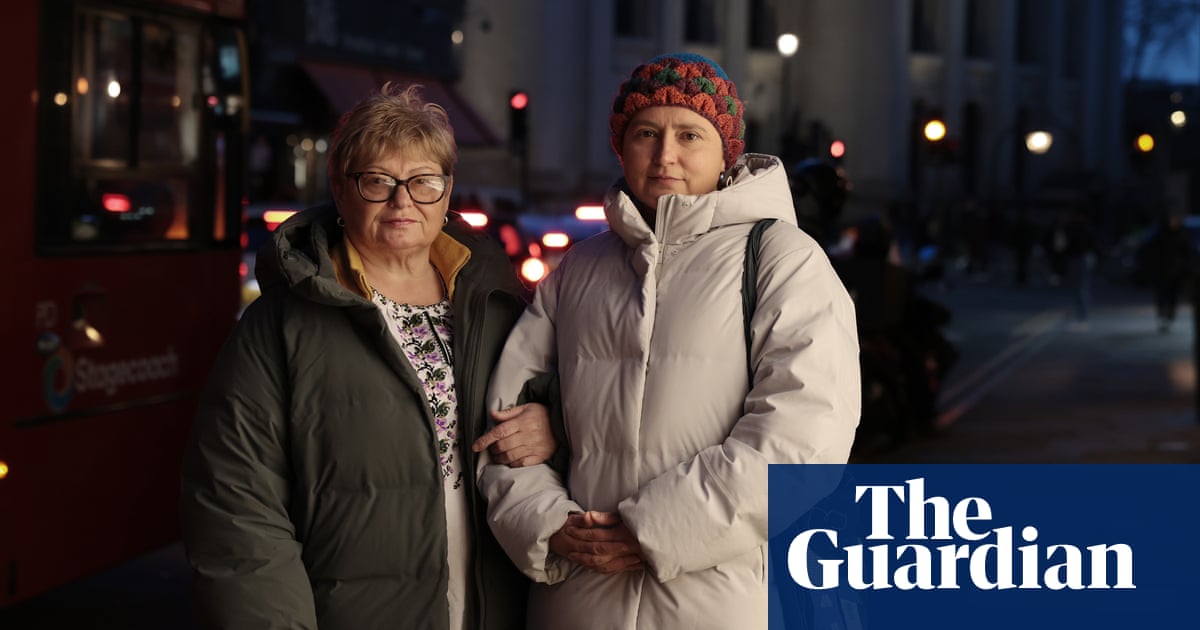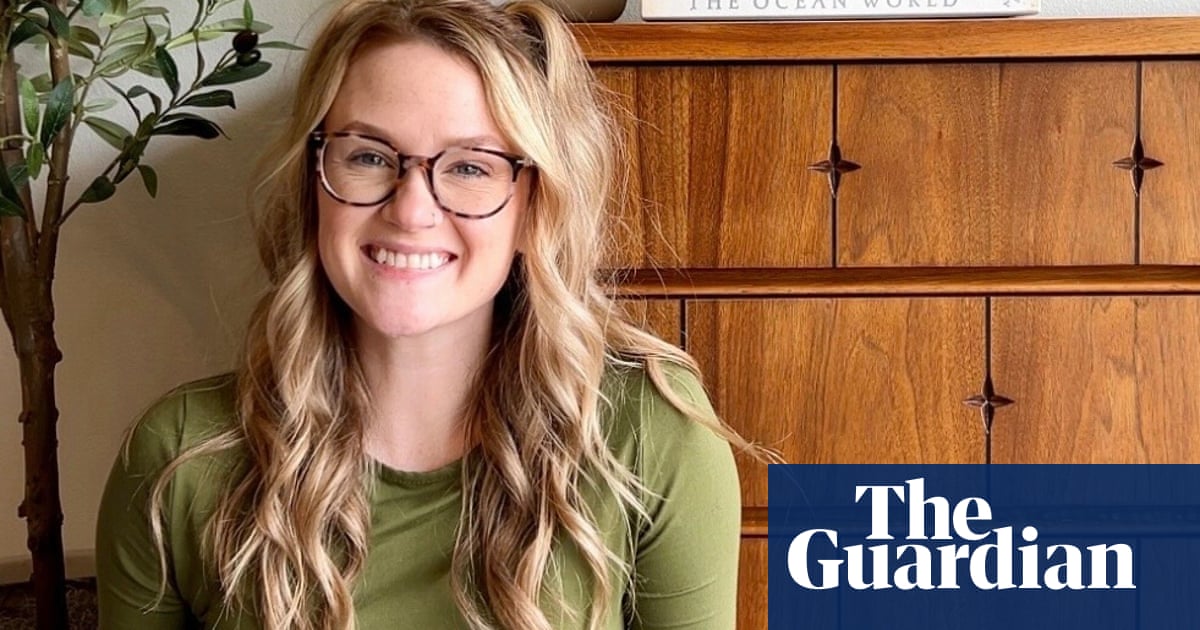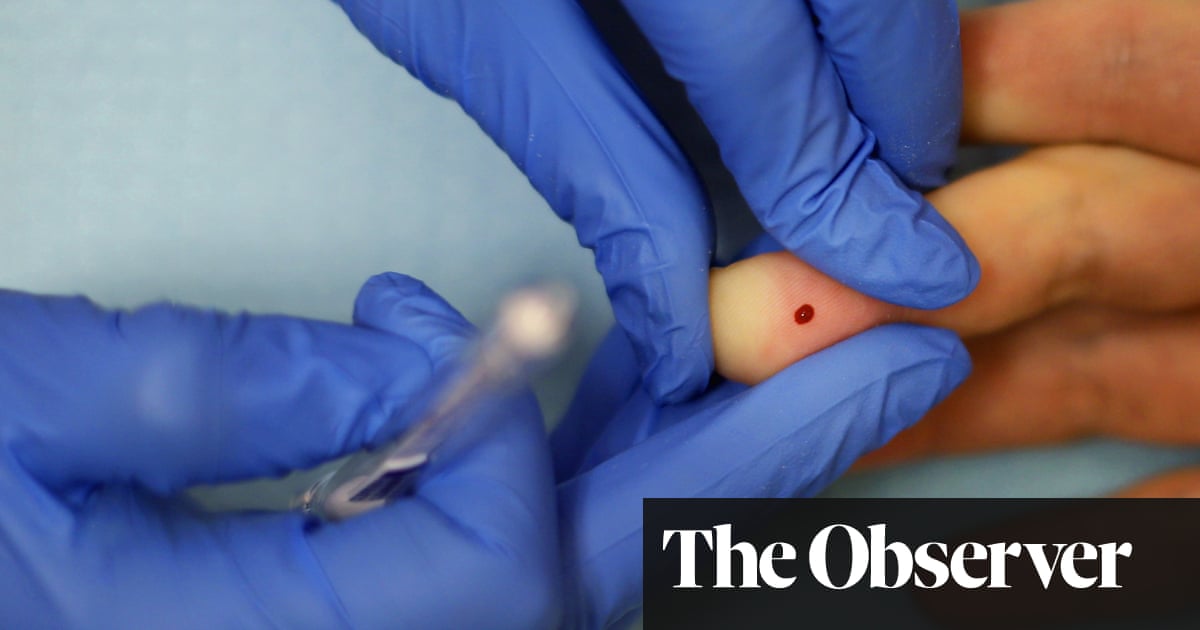“Resilience is in my DNA,” says Cher in her new memoir, and leafing through the pages, there’s no doubt she’s needed it. With respect, there are times when the reader needs it too. Thumping in at more than 430 pages, Part One ends at the start of the 1980s. If you’re after later incarnations of Cher (say, the magnificent straddler of giant guns on a US navy battleship in the 1989 If I Could Turn Back Time video), you’ll have to wait for Part Two, but there’s a lot to get stuck into here.
Singer, actor, wisecracker, gay icon and “goddess of pop”, Cher is one of the all-time great US entertainment queens. Born Cheryl Sarkisian in California in 1946, she endured a childhood that ricocheted chaotically between poverty, violence and upheaval (her “deadbeat” Armenian father was a largely absent heroin addict), and wealth and plenty (depending on who her starlet mother was married to at the time). As Cher writes: “Ours is a strange story of southern folk coming from nothing and carving out a life after the Great Depression.”
She delivers a bumper pack of early memories (100 pages in, Cher is still only 14) and in sometimes unnecessary detail (I probably could have lived without the in-depth insights into her excitement at receiving a bike for her 10th birthday). Her bleaker formative experiences left her with a “faulty emotional thermostat”: “To this day, I can jump from happiness to drama, or from gleeful poses to Lady Macbeth, in a blink,” she writes, adding: “I promised myself that one day I’d be rich and take care of us all.”
after newsletter promotion
Venturing into young adulthood, the first recognisable version of Cher (of the poker-straight, long hippy hair and hefty flower-child bell-bottoms) starts to appear, along with a galaxy of familiar faces. At 15, she’s making out with 25-year-old Warren Beatty (he thinks she’s 18), and after becoming the singing duo Sonny & Cher with her first husband, the late Sonny Bono, and spawning 1965’s deathless global smash I Got You Babe (she didn’t think it would be a hit), she’s jet-setting and hanging out with the Beatles, the Rolling Stones, Brian Wilson, Salvador Dalí, Francis Ford Coppola and more.
Soon, she and Bono are celebrating their stellar rise by buying Tony Curtis’s old house: “It felt like my ‘I’ll never go hungry again’ Scarlett O’Hara moment,” writes Cher.
But there’s darkness too. Contributing backing vocals for late “Wall of Sound” producer Phil Spector (convicted of shooting dead actor Lana Clarkson in 2009), she observes: “He wasn’t unstable then,” but at a later date, he twirls a gun at her. Then, when the Sonny & Cher star ingloriously plummets, they find themselves on their uppers, playing dives (“Becoming famous is hard but making a comeback is almost impossible”). At another grim point, she uses her makeup to help Tina Turner disguise bruises after a beating from her husband Ike.

One of the central planks of Part One is Cher’s own marriage to Bono, with whom she has her first child, Chastity (who would later transition into Chaz). It is while reading Cher’s passages about Bono, a charismatic figure of Sicilian heritage who was 11 years her senior, that you’re reminded of her “faulty emotional thermostat”. Even after they scrabble back to success with their juggernaut 1970s TV show (Cher resplendent in Bob Mackie gowns), Bono controls her every movement, putting her off taking acting classes, or even tennis lessons, and even stopping her wearing perfume.
After wondering if she should jump off a balcony, Cher leaves, only to discover Bono has tied her into a contract of “involuntary servitude”, owning 95% of her earnings (the other 5% goes to his lawyer). Despite this, and even as the lawsuits start flying, she still seems intent on spraying air freshener over Bono’s reputation, reminiscing at great, fond length about their onstage chemistry and banter.
You find yourself wanting to scream: “Cher, he stole all your money!” The same is true of her chilled attitude to the breakdown of her marriage to musician Gregg Allman (a heroin addict), with whom she had her second child, Elijah. (She neglects to mention that one of her longtime beaux, record mogul David Geffen, turned out to be gay.)
Does it matter? Only sometimes, when, among the forensically detailed recollections, there’s a sneaking sense of the real Cher, the one we’re very keen to get to know, standing behind carefully frosted glass. Still, in the main, Part One makes for a hearty, full-blooded read: a gutsy tale of high-octane showbiz survival from one of popular culture’s true 20th- (and 21st-) century stars. As it ends, Cher is toying with disco and contemplating acting. Maybe in Part Two, she’ll really let herself rip.

 2 months ago
54
2 months ago
54













































